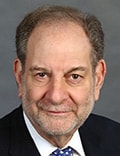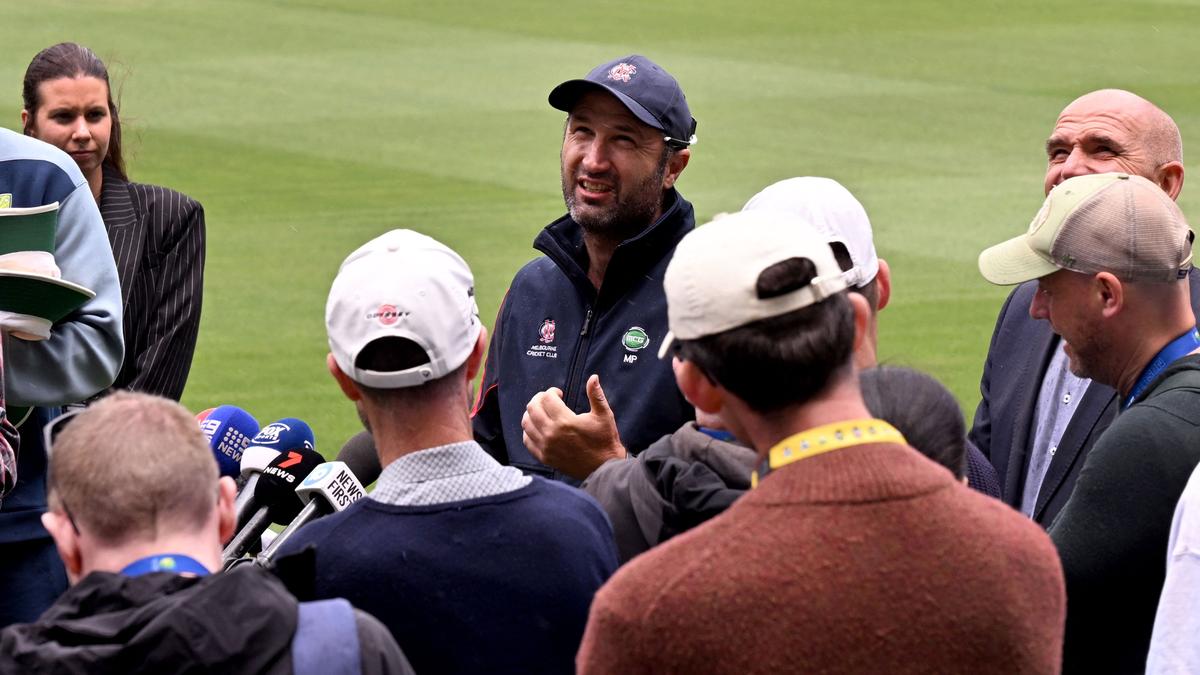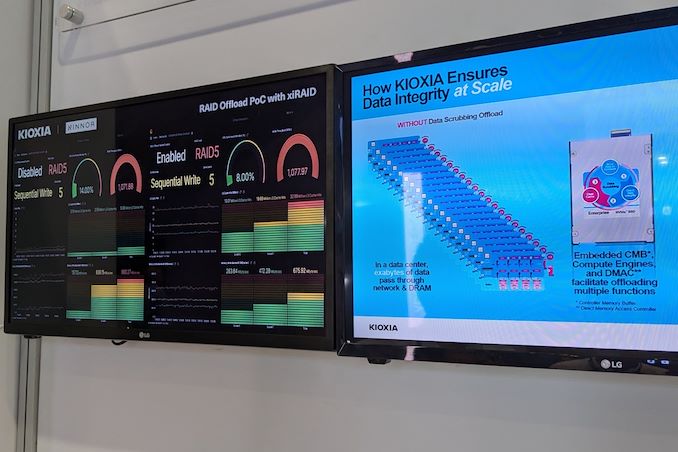A pivotal clinical trial that cleared the way for US regulators to approve a new light therapy device as a treatment for macular degeneration has been criticized for several shortcomings, with a warning issued that a host of questions must be answered before clinicians prescribe the device.
 Srinivas Sadda, MD
Srinivas Sadda, MDIn a “viewpoint” published in JAMA Ophthalmology in late January, Srinivas Sadda, MD, a retina specialist at Doheny Eye Institute in Pasadena, California, and a professor at UCLA David Geffen School of Medicine, called for more data before clinicians can “confidently” recommend the device to their patients. The publisher released the viewpoint as Online First “because of public health importance.”
The US Food and Drug Administration (FDA) granted De Novo approval to the device, known as the Valeda Light Delivery System (LumiThera), in November 2024, based on the results of the LIGHTSITE III trial. De Novo is a regulatory pathway for novel medical devices that carry what the agency determines is a low to moderate risk for harm but have no equivalent comparator device.
LIGHTSITE III enrolled 100 patients and 144 eyes with the dry form of age-related macular degeneration (AMD), an early form of the disease that can lead to geographic atrophy and eventually blindness. Dry AMD, also known as non-neovascular AMD, is characterized by degeneration of the macula without the growth of new blood vessels, whereas in wet or neovascular AMD, new blood vessel growth leads to the buildup of fluid under the retina. Dry AMD accounts for about 90% of the 20 million cases of AMD in the United States, according to the most recent prevalence data.
In 2023, the FDA approved two drug treatments for geographic atrophy in dry AMD, Syfovre (pegcetacoplan) and Izervay (avancicaptad pegol), but Valeda is the first light therapy system approved for the condition.
Valeda employs photobiomodulation (PBM), an established biotechnology that uses light ranging from the visible spectrum to near-infrared intensity and applies it to tissues to stimulate cellular response. PBM has been used for the treatment of arthritis, skin wounds, and certain sports injuries. Valeda is the first application in ophthalmology.
In the LIGHTSITE III trial, patients underwent nine sessions of treatment over 3-4 weeks, repeated every 4 months over 24 months. The treatment group received light therapy treatments in wavelengths of 590, 660, and 850 nm, while the sham group received light between 50 and 100 times less intense.
Small Population, Inconsistencies
In his commentary, Sadda, who was not available for an interview with Medscape Medical News, noted that LIGHTSITE III assigned 91 eyes to receive the PBM treatment and 54 eyes to the sham group. This relatively small sample size prompted study investigators to include both the eyes of participants in their analysis and adjust for correlations between eyes — both treated and untreated — of the same participant, Sadda stated.
“However, inconsistencies may undermine confidence in the results,” he wrote. Among them is a lack of clarity about when study participants dropped out and how those dropouts affected study results. Among the treatment group, 14% of eyes dropped out, as did 23.5% of the sham eyes. “Providing a study protocol and statistical analysis plan might have been beneficial,” Sadda wrote.
Sadda also noted the LIGHTSITE III trial provided few details on how the therapy was delivered, specifically whether or not patients were dilated during treatment, and offered no information on whether patients were monitored during treatment sessions to ensure compliance. “With relatively small sample sizes, such variability might confound results,” he wrote.
“Treatment burden is also a consideration,” Sadda added. The treatment protocol adds up to 27 office visits a year.
Regarding safety, Sadda cited reports from China of damage to the eyes of children exposed to low-level light therapy in that country, one in a clinical trial that studied light therapy for myopia, the other a case report of photoreceptor damage in a 12-year-old girl. “An older eye with diseased RPE [retinal pigment epithelium] and photoreceptors could potentially be more susceptible to such damage,” Sadda wrote. The latter case “highlights the need for ongoing vigilance of safety,” he added.
The trial reported an average improvement in best-corrected visual acuity (BCVA) of 5.4 letters in the treatment arm and three letters in the sham arm, which, Sadda stated, raises the possibility that even the treated patients may have experienced a placebo effect. Further supporting this argument is that untreated, nonstudy eyes lost BCVA, which, because they started at a better BCVA baseline (20/32 Snellen), had a wider range in which to lose acuity than the treated eyes. A five-letter change in vision can represent an improvement from 20/40 to 20/32 in Snellen visual acuity.
“Treating physicians should seek and receive answers to these questions to increase the possibility of providing the best possible advice to patients,” Sadda wrote. “More data must come to light for physicians to recommend PBM to patients confidently.”
More Data Coming
David Boyer, MD, a retina specialist in Beverly Hills, California, and the lead author of the LIGHTSITE III trial, said more data are on the way. “I appreciate Dr Sadda’s evaluation. Any new treatment needs to be critically evaluated,” Boyer told Medscape Medical News.
 David Boyer, MD
David Boyer, MDMany of the issues Sadda raised will be explained in the 24-month LIGHTSITE III results, which are being prepared for publication, Boyer said. One area where the data will provide clarity is the difference in BCVA improvement between treatment and sham groups, he said.
Sadda argued the difference at 13 months was not clinically significant. One limitation the trial itself pointed out was a potential, although reduced, treatment effect for sham patients.
“However, the sham group at 24 months decreased back almost to baseline, which one would expect if you weren’t getting active treatment, whereas the PBM treatment group continued to maintain separation, and the separation actually grew,” Boyer said.
The 24-month data are “strong,” he said, and demonstrate a continued improvement in BCVA of more than six letters at times. Boyer said the LIGHTSITE II trial in Europe and LIGHTSITE I in Canada have demonstrated similar results to LIGHTSITE III. Longer-term data will come with an ongoing phase 3b study that is evaluating PBM outcomes out to 3 years, and a registry has been established in Europe to track results, he said.
The primary study endpoint, Boyer noted, was an improvement in BCVA, not an anatomical marker, such as a change in retinal thickness, which, he said, was “the biggest limitation.”
The dropout rates in LIGHSITE III, which Sadda cited in his commentary, were similar to those reported in the pivotal studies for the approved drug treatments for geographic atrophy, Boyer said. As for safety, the trial reported dry eye was the only treatment-related adverse event, with no significant changes in visual field or color vision assessments.
“I don’t want anybody to feel we have a cure for geographic atrophy because that’s not what the trial was designed for,” Boyer said. “It was designed to show a potential visual improvement, which it did.”
He also provided insight into what type of patient would be best served by PBM treatment: 20/40 vision or worse and central geographic atrophy. But a patient with 20/25 vision and a few drusen, he said, “I would not consider for treatment.”
In a statement sent to Medscape Medical News,LumiThera president and CEO Clark Tedford, PhD, said, “The trial design, dropout rate, and treatment of each eye requires further clarification,” but that the treatment group showed “significant improvements” in BCVA.
“The growing body of data presents a positive outlook for a mitochondrial approach using PBM to treat dry AMD,” Tedford added. “The upcoming publication will provide further details on the LIGHTSITE III 24-month trial results. Earlier AMD treatment is important for patients and the LIGHTSITE III trial results will be discussed, digested, and replicated in future trials.”
The LIGHTSITE III study received funding from LumiThera and the National Eye Institute. Sadda reported financial relationships with AbbVie/Allergan, Alexion, Apellis, Astellas/Iveric, Bayer, Biogen, Boehringer Ingelheim, Character Biosciences, Eyepoint, Janssen, Nanoscope, Neurotech, Notal Vision, Novartis, Ocular Therapeutix, ONL Therapeutics, Oyster Point, Pfizer, Regeneron, Regenxbio, Roche/Genentech, Samsung Bioepis, Carl Zeiss Meditec AG, iCare/CenterVue, Heidelberg, Nidek, Optos, Topcon, and Intalight Research Instruments. Boyer was a noncompensated investigator in the LIGHTSITE III trial.
https://www.medscape.com/viewarticle/was-novel-eye-treatment-approved-too-soon-2025a10002l7




 English (United States) ·
English (United States) ·